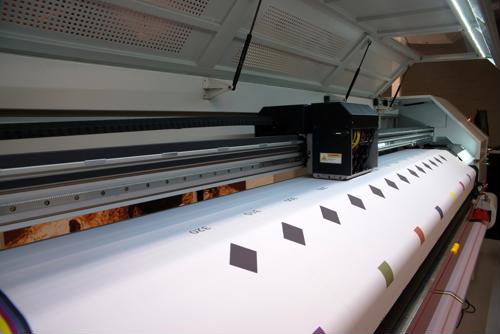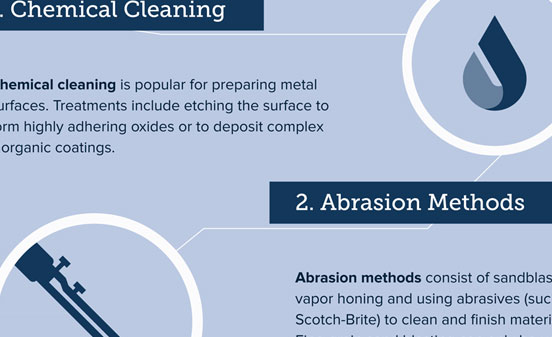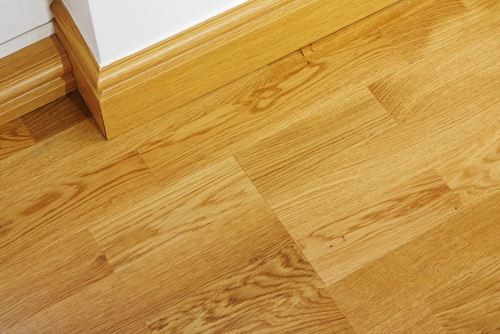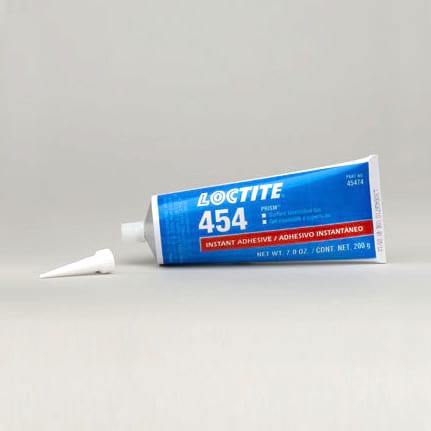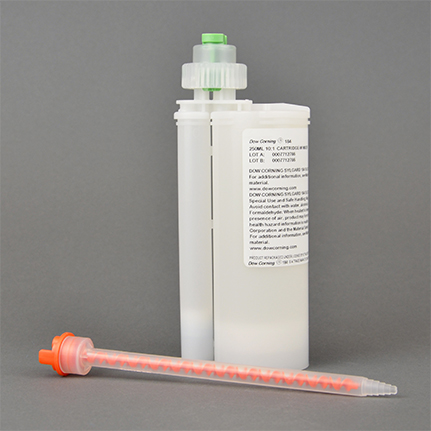

-
Description for 3M 4936
• Gray, closed-cell acrylic foam carrier • Conformable • Good adhesion to many painted metals • Plasticizer resistant • UL 746CChemical Resistance Chemical Resistance: Excellent solvent resistance, Chemical Resistance: Very good plasticizer resistance Application Type Bond 1 Part or 2 Part 1-Part Material Form Tape Substrate Acrylic paint, Ceramic, Epoxy, Foam, PBT, Glass, Metal, Stainless steel, ABS, Plasticized Vinyl, Plastics, Polycarbonate, Polyester paint, Polyurethane paint, PVC, Enameled Steel, Galvanized Steel, Galvanized Steel, Nickel Coated ABS, Painted metal, Nickel Coated ABS Industry Many interior bonding applications, Many exterior bonding applications Manufacturer 3M Chemistry Acrylic Cure Method Pressure sensitive Application Temperature (°F) 70 to 100 Color Gray High Temperature Resistance (°C) 110, 75, 90, High Low Temperature Resistance (°C) -35 Key Specifications UL 746C -
Technical Data for 3M 4936
Overview
-
Chemical Resistance
- Chemical Resistance : Relative Solvent Resistance - Excellent solvent resistance
- Chemical Resistance : Plasticizer Resistance - Very good plasticizer resistance
-
Application Type
- Adhesive - Bond
-
1 Part or 2 Part
- 1-Part
-
Material Form
- Tape
-
Substrate
- Ceramic
- Foam
- Glass
- Metal - Painted metal
- Steel - Enameled Steel
- Galvanized - Galvanized Steel
- Nickel - Nickel Coated ABS
- Plastic - Plastics
- Acrylic (PMMA) - Acrylic paint
- Epoxy
- ABS - Nickel Coated ABS
- Vinyl - Plasticized Vinyl
- Polycarbonate
- Polyurethane - Polyurethane paint
- Polyvinyl chloride (PVC) - PVC
- Polyester - Polyester paint
- Polybutylene Terephthalate (PBT) - PBT
- Stainless Steel
- Galvanized Steel
- Other - Paint
-
Industry
- Interior - Many interior bonding applications
- Industrial Exterior - Many exterior bonding applications
-
Chemistry
- Acrylic
-
Application Method
- Contact
-
Cure Method
- Pressure Sensitive (min) - Pressure sensitive
-
Color
- Gray
-
Key Specifications
- UL (Underwriters Laboratory), ULC (Underwriters Laboratories of Canada), NFPA (National Fire Protection Association) - UL 746C
Specifications
Cure Specs
Application Temperature (°F) 70 to 100 Bond Strength
General Bond Strength (psi) Good Peel Strength (piw) High Shear Strength (psi) High Tensile Strength (psi) High Material Resistance
High Temperature Resistance (°C) 110, 75, 90, High Low Temperature Resistance (°C) -35 Moisture/Humidity Resistance Excellent Hardness
Flexibility Conformal Other Properties
Coefficient of Thermal Expansion (CTE) 100e-6 (in./ in/°F) Business Information
Shelf Life Details All 3M™ VHB™ Tapes have a shelf life of 24 months from date of shipment when stored at 40°F to 100°F (4°C to 38°C) and 0-95% relative humidity. The optimum storage conditions are 72°F (22°C) and 50% relative humidity.lPerformance of tapes is not projected to change even after shelf life expires; however, 3M does suggest that 3M™ VHB™ Tapes are used prior to the shelf life date whenever possible. Shelf Life Temperature (°F) 39 to 100 Shelf Life Type From date of shipment Shelf Life (mon) 24 -
-
Best Practices for 3M 4936
-
Surface Preparation
Most substrates are best prepared by cleaning with a 50:50 mixture of isopropyl alcohol (IPA*) and water prior to applying 3M™ VHB™ Tapes.
See Vendor Technical Data Sheet for more info.
To obtain good performance with all 3M™ VHB™ Tapes, it is important to ensure that the surfaces are dry and free of condensed moisture.
-
Application
Bond strength is dependent upon the amount of adhesive-to-surface contact developed. Firm application pressure develops better adhesive contact and helps improve bond strength. Typically, good surface contact can be attained by applying enough pressure to insure that the tape experiences approximately 15 psi (100 kPa) pressure. Either roller or platen pressure can be used. Note that rigid surfaces may require 2 or 3 times that much pressure to make the tape experience 15 psi.
Ideal application temperature range is 70°F to 100°F (21°C to 38°C). Pressure sensitive adhesives use viscous flow to achieve substrate contact area. Minimum suggested application temperatures:60°F (15°C): 3M™ VHB™ Tapes 4941, 4945 families.
Note: Initial tape application to surfaces at temperatures below these suggested minimums is not recommended because the adhesive becomes too firm to adhere readily. However, once properly applied, low temperature holding is generally satisfactory.
-
Curing
After application, the bond strength will increase as the adhesive flows onto the surface (also referred to as “wet out”). At room temperature approximately 50% of ultimate bond strength will be achieved after 20 minutes, 90% after 24 hours and 100% after 72 hours. This flow is faster at higher temperatures and slower at lower temperatures. Ultimate bond strength can be achieved more quickly (and in some cases bond strength can be increased) by exposure of the bond to elevated temperatures (e.g. 150°F [66°C] for 1 hour). This can provide better adhesive wetout onto the substrates. Abrasion of the surfaces or the use of primers/ adhesion promoters can also have the effect of increasing bond strength and achieving ultimate bond strength more quickly.
-
-
Comparable Materials for 3M 4936
Spec Engine® Results
Popular Articles
Testing the effectiveness of surface treatments
Read ArticleInfographic: ENSURING A STRONG BOND - 6 Basic Methods of Surface Preparation
Read ArticleSponsored Articles
Unique Advantages of Contact Adhesives
Read ArticleUsing LOCTITE® 454™ is a Valid Option for Engineers Working with a Wide Variety of Materials
Read ArticleSylgard 184 by DOW is the Top Choice for a Transparent, Silicone Encapsulant. Read Why:
Read ArticleCase Study: Creating reliable, corrosion-free bonds with LORD® 406 acrylic adhesive
Read ArticleFeatured Ads




